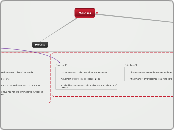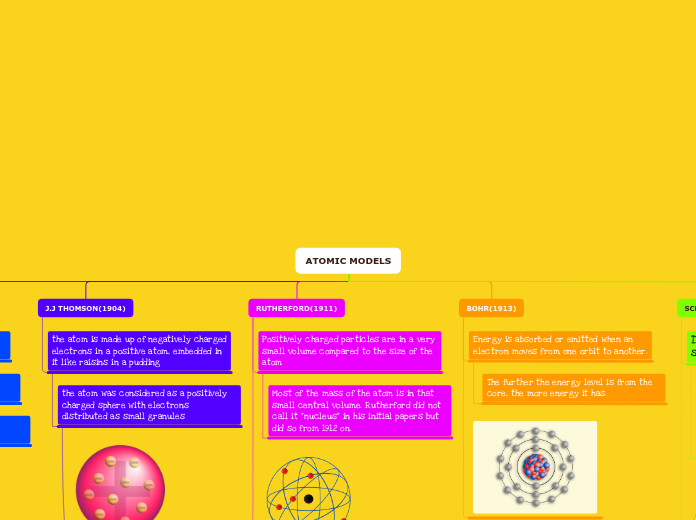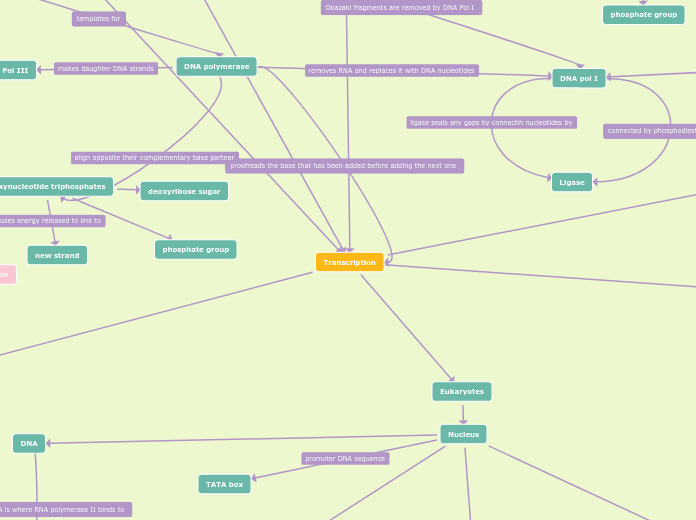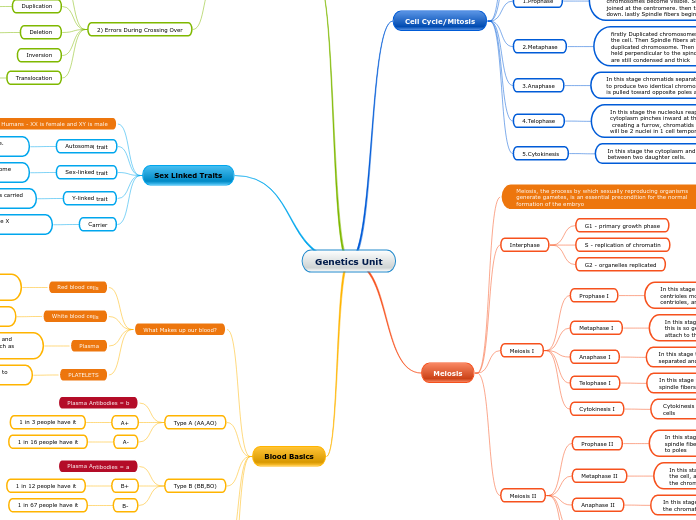Meiosis
Reduction division
Products
Four daughter cells
half the chromosome number of parent cell
genetically different from parent cell
Process
Meiosis II
Teophase II
Nuclear envelope and nucleolus reform
Spindle disintegrates
Chromosome uncoil and become indistinct
Anaphase II
Chromotids become the chromosomes of the daughter cells
Chromatids are pulled to opposite poles
Centromeres divide
Metaphase II
Attachment of chromosomes to spindle fibre
Chromosomes arrange themselves at the equator
Prophase II
spindle fibers develop at right angles to the spindle axis of meiosis I
movement of centrioles to opposite poles
disintegration of nucleolus and nuclear envelope
Meiosis I
Telophase I
Each daughter nucleus has half the chromosome number as the parent nucleus.
Nuclear envelope surrounds each group of chromosomes
Spindle fibres disintegrate
Chromosomes reach opposite poles of the spindle
Anaphase I
Separation of homologous chromosomes
one of the pair pulled to one pole, and the other to the other pole
Metaphase I
Attachment of chromosomes to spindle fibers
arrangement of each bivalent is completely independent of the other.
bivalents arrange at the equator
Prophase I
Chiasmata observed
Homologous chromosomes pair up (synapsis)
Disintegration of nuclear envelope and nucleolus
Condensation of chromosomes









